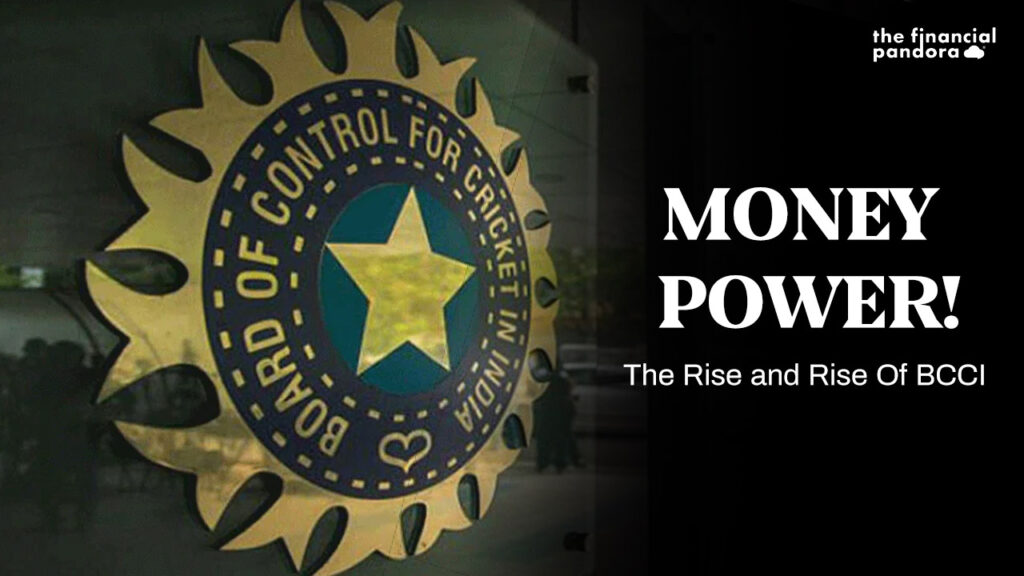A meeting was convened by Govan, Patiala and De Mello in Delhi on 21st November 1927, which was attended by around forty-five delegates. This was the very first attempt to have a Board that controlled cricket in India. Another meeting, held at the Bombay Gymkhana on 10th December 1927, ended with a unanimous decision to form a ‘Provisional’ Board of Control to represent cricket in India. The plan was for this ‘Provisional’ Board to cease to function as soon as eight territorial cricket associations were created. Representatives of the eight associations would then come together to constitute the Board.
The Provisional Board met in Mumbai in December 1928 during the Quadrangular tournament. At this meeting the Provisional Board was deemed to have finished its work, and the Board of Control for Cricket in India established. Govan was the first President, and De Mello the first Secretary. Five months later, the ICC admitted India as a Full Member.


